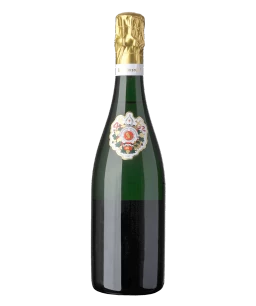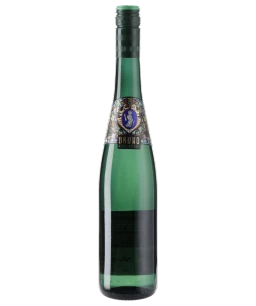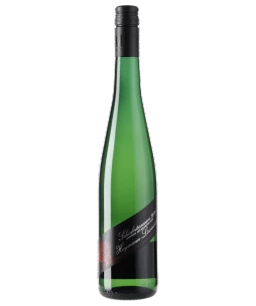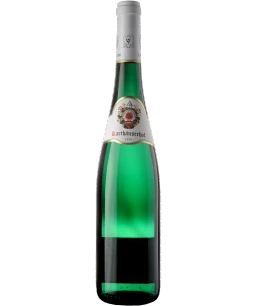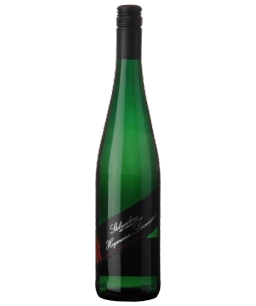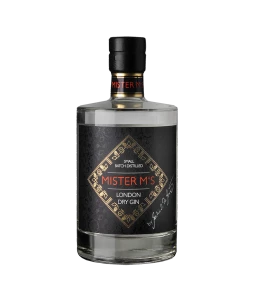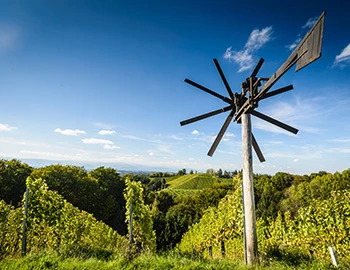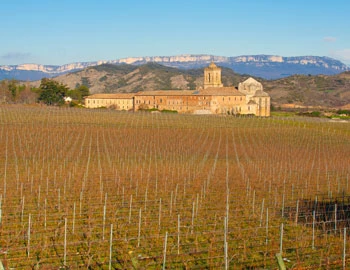Mosel
Mosel: in Riesling territory
In the valleys of the Mosel, Saar and Ruwer, the white Riesling variety fully fulfils its potential. Mosel is not only the German growing area with the highest proportion of Riesling; the largest number of steep slopes are also found here. Around 40 percent of the vineyards are situated on gradients of greater than 30 percent, and must be cultivated with labour-intensive manual work. On the slate soils, Riesling presents its entire inimitable range, from dry to semidry to noble sweet..
Sparkling wines from Mosel
White wines from Mosel
Spirits from Mosel
For Riesling followers, the Mosel is a vast cosmos that can never be fully explored. No wonder: around 2,400 winemakers cultivate no less than 60 million vines at 19 large and 520 individual sites. This occurs on often breathtakingly steep slopes, whose management is not only extremely laborious, but also sometimes dangerous. The average facility size, at 3.6 hectares, is accordingly small. More than 90 percent of grapes cultivated in the Mosel come from white varieties, and Riesling, at roughly 60 percent of total vineyard area, clearly dominates.
The Romans were the first
Remains from ancient wine presses show that the Romans cultivated wine on the Mosel River. A particularly impressive artefact of viticulture from that time is the so-called “Neumagener Winschiff” (Neumagen Wine Ship), a replica of a wine-transport ship on the grave of a Roman wine merchant from around 220 CE. Researchers believe that Mosel wine was transported in barrels using such 18-metre-long load rafts. After the Romans, the monasteries continued the development of viticulture, which in subsequent centuries underwent both high points and crises. By the end of the 19th century, Mosel growths had developed into the most expensive white wines in the world, with top wines from Mosel costing up to five times more than crus from Burgundy. Today, a highly-motivated, young generation of vintners is harking back to these golden ages. Riesling selections from the Mosel have shown as high quality as they do today.
Slate makes the difference
The vineyards in the Mosel, Saar and Ruwer area benefit from an optimal climate and ideal rainfall, both on the slopes and on the valley floor. As for soils, vines on the Saar and Ruwer are rooted in Devonian slate. Otherwise, clay shale and greywacke rich in silica acid prevail. On the valley floors, higher proportions of gravel, crushed stone and sand can be found. It is primarily the combination of slate and Riesling which makes the Mosel so unique.

